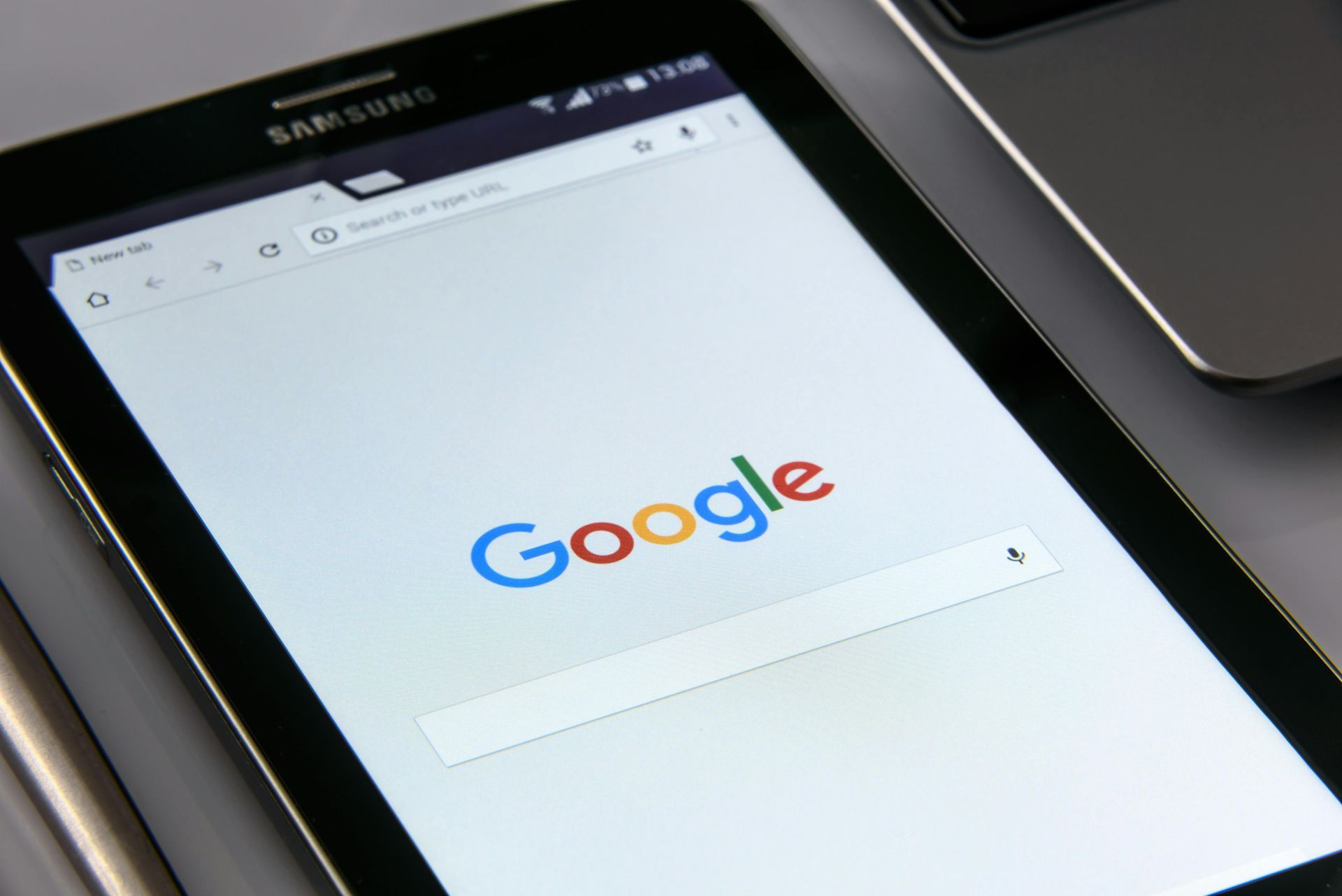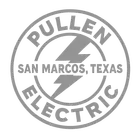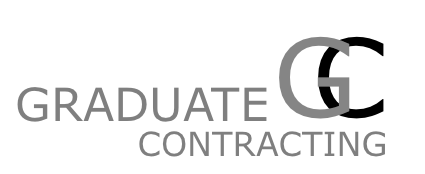From SEO To Video
Custom branding and content strategies to propel your business in the digital landscape.
Our Services
The Power of Video
Right Tool Media knows the key role that video plays in modern content strategy, and how it offers businesses a dynamic way to engage audiences and convey their message. With our expertise in creating compelling video content, we help brands stand out, enhancing their online presence and driving meaningful engagement.
Get Noticed
Our mission is to equip you with the right strategies, designs, and optimizations to not just compete, but excel in the digital arena.
Content Creation
A successful marketing strategy requires engaging content, especially video, which stands at the forefront. Right Tool Media excels in producing strategic video content that aligns with your brand’s voice and caters to your audience's preferences.
We also offer blogging and email marketing services, enhancing our comprehensive approach to not just create content, but to spark engagement, build trust, and affirm your
brand's authority.
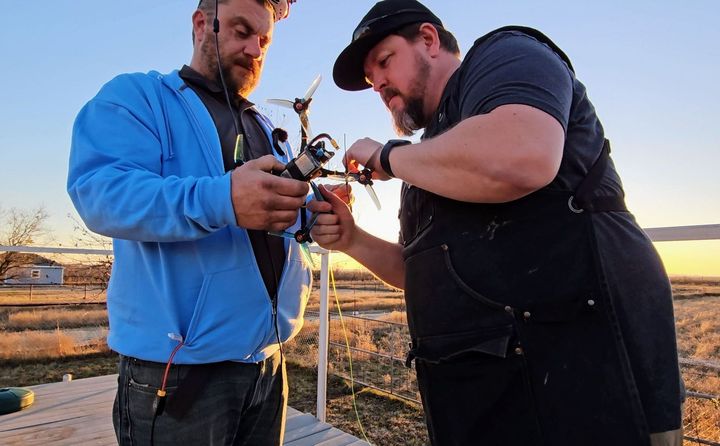
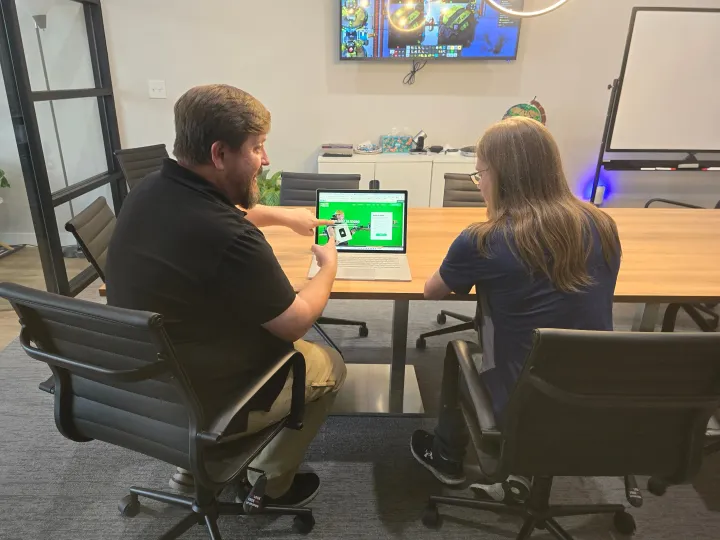
SEO
Search engine optimization is the compass that guides customers to your digital doorstep. With most online experiences beginning with a search engine, appearing on the first page is no longer a luxury—it's a necessity.
We turn the complexities of algorithms into opportunities, making sure your business gets the spotlight it deserves.
Social Media Management
Social media is the town square of the digital age—a place where brands and consumers meet, interact, and build relationships.
Effective social media management is about more than just posting regularly; it's about creating meaningful interactions that foster community and drive brand loyalty.
We can help you navigate the vast landscape of social media, crafting strategies that highlight your brand's uniqueness and engage your target audience in authentic ways.
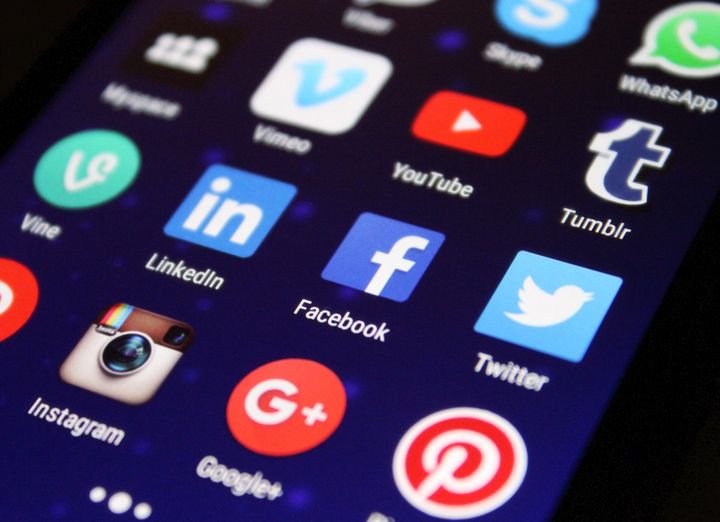
Web Design
Your website is the digital facade of your business, the first impression many customers will have of your brand. It's crucial that this impression is not just good, but unforgettable.
Our web design team specializes in creating websites that are not only visually stunning, but also user-friendly and optimized for conversions.
We believe in designs that reflect your brand's identity and resonate with your audience, ensuring every visitor's journey is seamless and engaging.
What People Say About Us
Don't take our word for it

Rick G.
SM Air
“We have used Right Tool Media for about a year. Cory and the team have done an excellent job in helping us build our brand through short videos and social media posts. They have been able to capture the personality of our company which is exactly what we hoped for. They have been consistent in following through on their commitments like the number of posts and other deliverables per week. They meet with us every couple of weeks to review the results. We can’t say enough good things about them."

Todd G.
HCS Technical Services
“Right Tool Media clearly understand that SMBs and that they are the heartbeat of communities. Their local SEO game is stronger than a double-shot espresso from the corner café. Our rep Cory is a genius, and you can expect a new shiny idea every month."
FAQ
Recent News and SEO Trends
Latest updates from the industry

